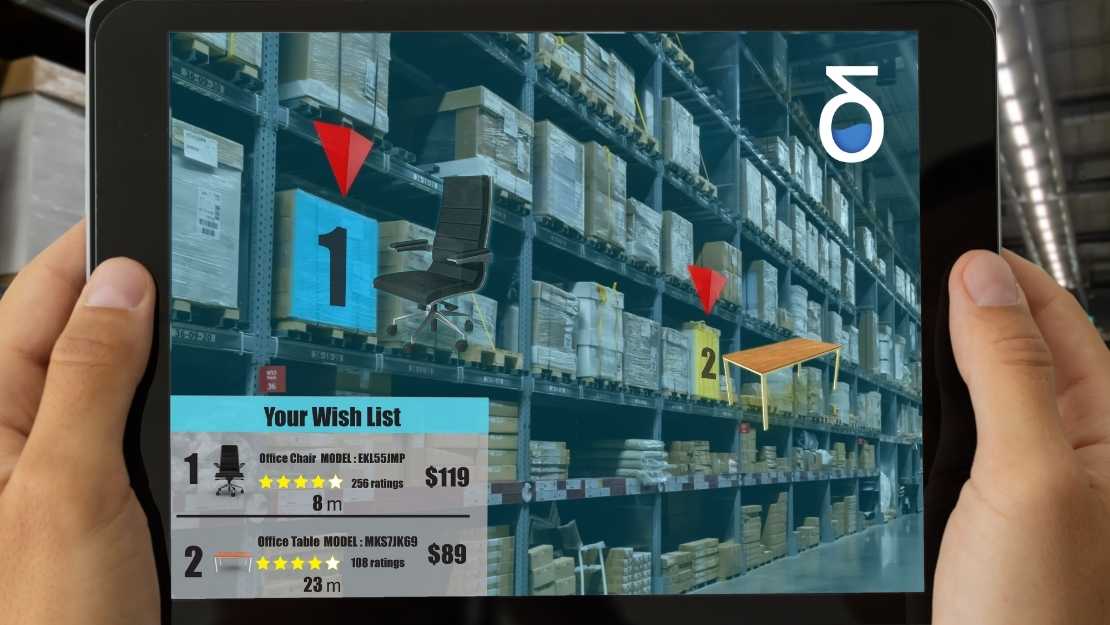Optimization of logistics to ensure shipping times

The use of optimization tools to support decision-making at multiple decision levels in the e-commerce supply chain is key to meeting client expectations. Since 2005 the world has seen a great increase in internet accessibility, which enabled new customers to shop online. This trend was accelerated by the caution protocols imposed for the Covid-19 pandemic. Now a big challenge for retailers is to meet their client's expectations regarding shorter shipping times, nurtured through the last two decades, for a new level of sales.
In 2005 a new membership program created by Amazon would be the starting point of a new era in e-commerce. The program offered free two-day shipping in the US on all eligible purchases for an annual flat-rate fee. It was such a success that it became a standard baseline for the sector while multiple retailers incorporated the same shipping time to stay competitive. The natural evolution for e-commerce players was to offer faster and faster shipping to attract new customers. There are next-day and, even, same-day shipping options for multiple products in many marketplaces.
Ensuring delivery in such tight timeframes is a result of multiple factors in the supply chain of a retailer. The location and capacity of warehouses and dark stores, the fleet size, the routing schedule, and the demand forecast are a few of the factors that optimization technologies can support. For instance, Mercado Livre, the biggest Latin American company in the market value of 2020, has invested billions in its spin-off logistic branch, Mercado Envios. Company reports showed that, in 2020, 90% of deliveries were made by them while the rest were shipped through partners or the postal service. However, in 2017 95% of deliveries used postal services.
For many years, facility location models have aided strategic decisions to place factories and distribution centers integer programming. Simulations and stochastic optimization are tools to analyze the risks and performance of a given fleet of vehicles in a delivery schedule. Heuristics have been applied to propose good delivery routes daily. Furthermore, data mining techniques can predict the behavior of customers by analyzing their past purchases.
With the right optimization support, e-commerce players can better place their distribution centers, stock the products most likely to be ordered near them, have the right number of vehicles capable of delivering the goods with low risk of delays, and minimize the overall distance during routes of the fleet.
The path to meet client satisfaction is to know how to size and use the logistic infrastructure.
Source: Mercado e Consumo
Author: Guilherme Martino
Co-author: Fabio Silva - Senior Manager at Cassotis Consulting